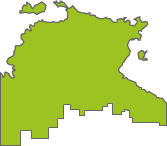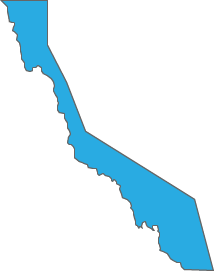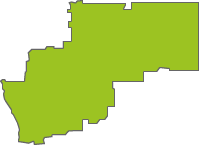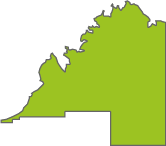Announcements
Hi everyone,We're very pleased to welcome Katarina Christenson to our team as NatureMapr Test Lead.Katarina has been giving Lewis and our group of volunteer mobile app testers a huge hand with testing...
Continue reading
NatureMapr feed to DCCEEW Biodiversity Data Repository now live
NatureMapr Data Management and Privacy Policy update
Events
Photographic Competition Exhibition at the CSIRO Discover CentreTwenty-three framed photographs of the competition winners and finalists will be on display at the CSIRO Discover Centre from 22 May 202...
Continue reading
Discussion
Inocybe violaceocaulis
Inocybe violaceocaulis
Bundy https://drive.google.com/file/d/18iND9lVf4mblhPECtVixg_rfGj1gY_0Q/view?usp=drivesdk
Broad-leaved Peppermint
https://drive.google.com/file/d/18jjcg0gr0vSJERo4KpyVxdddPudtAMD4/view?usp=drivesdk
Apple Box
https://drive.google.com/file/d/18pexahhUfpg1mjYhQl-fWdLX9fp8itLD/view?usp=drivesdk
Eucalyptus dives
Significant sightings
- Galenia pubescens at Watson, ACT
- Asplenium gracillimum at Namadgi National Park
- Calochlaena dubia at Brindabella National Park
- Asparagus asparagoides at Greenway, ACT
- Charopidae sp. (family)
- Fletchamia sp. at Walpole-Nornalup National Park
- Fletchamia quinquelineata at Coolatai, NSW
- Onychophora sp. (phylum) at Coolatai, NSW
- Eucalyptus bridgesiana at Kowen, ACT
- Oxypetalum coeruleum at Oakey Hill
Latest identifications
Chlorocoma assimilis at WendyM's farm at Freshwater Ck.
Inocybe violaceocaulis at ANBG
Inocybe violaceocaulis at Acton, ACT
Inocybe violaceocaulis at Acton, ACT
Aporocera (Aporocera) parenthetica
Helicoverpa armigera at WendyM's farm at Freshwater Ck.
Chlorocoma assimilis at WendyM's farm at Freshwater Ck.
Top contributors
- AlisonMilton 12.4K
- trevorpreston 12.2K
- michaelb 10.2K
- Tapirlord 9.5K
- RodDeb 9.2K
- Mike 8.4K
- KylieWaldon 6.2K
- kasiaaus 6.1K
- jb2602 6K
- MatthewFrawley 5.5K
Top moderators
- MichaelMulvaney 42.7K
- Tapirlord 22.2K
- natureguy 15.1K
- donhe 12.7K
- Liam.m 11.8K
- michaelb 11.6K
- ibaird 10.8K
- KimPullen 7.9K
- MatthewFrawley 5.8K
- AlisonMilton 5.3K
Explore Australia by region
Australian Capital Territory
Canberra & Southern TablelandsNew South Wales
Albury, WodongaCanberra & Southern Tablelands
Central West NSW
Far West New South Wales
Greater Sydney
Hunter Region
New England
New South Wales North Coast
Riverina Murray
South Coast
Southern Highlands
Northern Territory
Central and BarkleyTop End and Big Rivers

































































































































































































